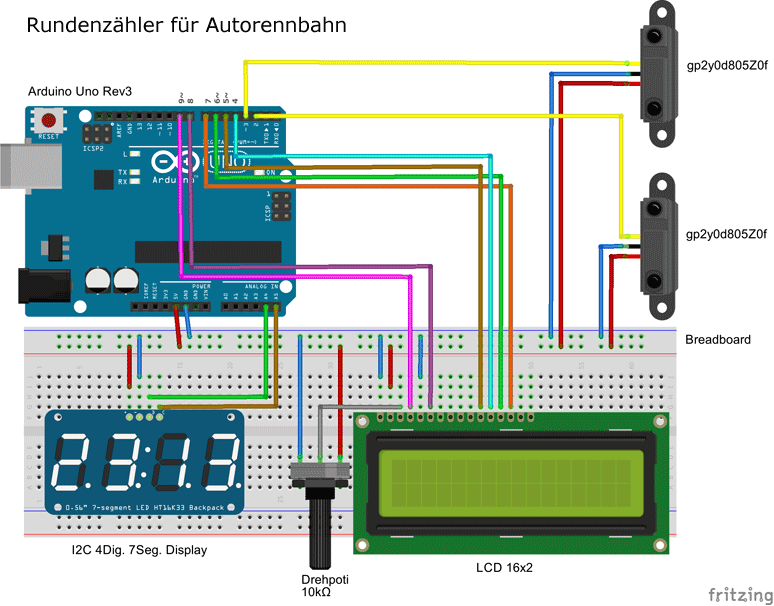

For example the LED should start blinking at 2hz and when a programmatical state changes, the LED should stop blinking and the program continues. THIS IS THE TIMER 2 INTERRUPT SERVICE ROUTINE.
#Arduino millis inside interrupt code
Attached is this code for your reference. I want to blink an LED indefinitely and be able to interrupt it. However the real problem is that I am unable to calculate the BPM using their example code available on their website here From what I understand, the interrupt timer function in the Interrupt.ino file is not compatible with mkr1000. micros() works initially but will start behaving erratically after 1-2 ms. It might be worth checking out the Timer1 (or Timer3) library here. Since delay() requires interrupts to work, it will not work if called inside an ISR. millis() relies on interrupts to count, so it will never increment inside an ISR. You can modify the stock Arduino Timer0 OVF to insert your own ISR.Īnd – if that can be done – what would be the restrictions of such an ISR (e.g. The Arduino programming language Reference. But you have to handle the interaction between the millis() / micros() related variables. The problem comes up in both Arduino-00 (Mac OS X). checking for millis () inside loop () gives unexpected results. Strange things happen to timing, all of a sudden all sorts of polling dependent on time start running erratically, e.g. Timer0 - An 8 bit timer used by Arduino functions delay(), millis() and micros(). You can declare the stock Arduino Timer0 OVF "weak" and write your own where you can insert your ISR. I'm running into a problem when calling millis () or micros () from within interrupt code. Develop the exact same code in Microsoft Visual Studio and the Arduino IDE. A few ways, depending on your level of comfort: 1 Like SemperIdem March 13, 2023, 3:00pm 3 windmill8bit: delay () might not work because it might be tied to millis () in some way.
#Arduino millis inside interrupt serial
Serial.println(Signal) // Send the Signal value to Serial Plotter.So I was wondering if I could attach an ISR to timer0 without affecting the above Arduino functions, The value of millis () don't change (don't increment) during the interrupt routine, but you can read it current value. Assign this value to the "Signal" variable. Signal = analogRead(PulseSensorPurplePin) // Read the PulseSensor's value. Serial.begin(9600) // Set's up Serial Communication at certain speed.

PinMode(LED13,OUTPUT) // pin that will blink to your heartbeat! Int Threshold = 550 // Determine which Signal to "count as a beat", and which to ingore. Int Signal // holds the incoming raw data. Int LED13 = 13 // The on-board Arduion LED flowRate ((1000.0 / (millis() - previousMillis)) pulse1Sec) / calibrationFactor previousMillis millis. Int PulseSensorPurplePin = 0 // Pulse Sensor PURPLE WIRE connected to ANALOG PIN 0 I was able to get raw readings using their starter code // Variables I am using the pulse sensor (SEN-11574) with Arduino mkr1000 to calculate the BPM and print it in serial monitor. Please bear with me, I am a newbie at this and i've tried my best to understand this and fix this issue, but in vain. Tldr what is an easy/logical way (for a beginner) to calculate BPM using pulse sensor and mkr1000? I don't want any visualizations or processing sketch, but just print BPM values


 0 kommentar(er)
0 kommentar(er)
